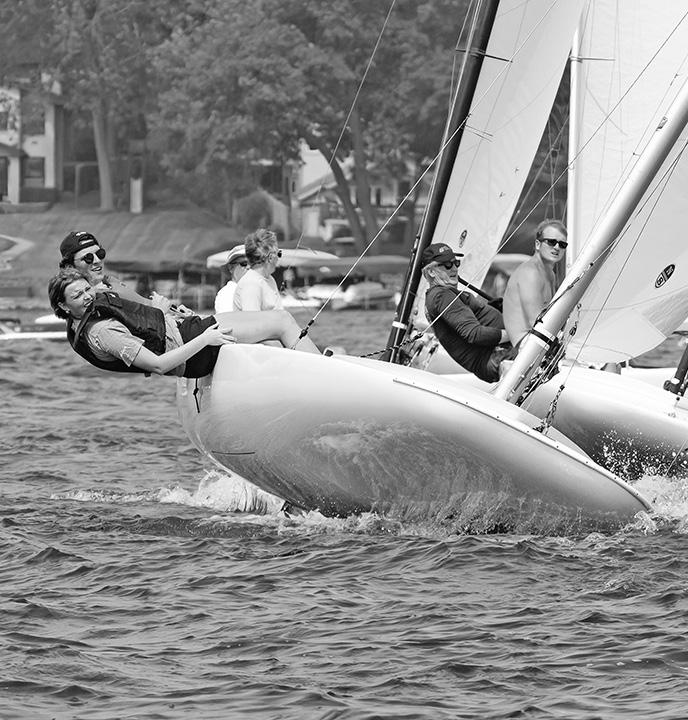
1 minute read
Life jackets, vests and PFDs – How to choose the right fit
Life jackets, life vests, ski vests…they’re all common names for PFDs, or personal flotation devices. Their job, as the names imply, is to keep the wearer alive and afloat should they unexpectedly end up in the water or elect to participate in watersports such as skiing or wake surfing. Although the goal might be simple, life jacket styles, fit and method of use can all affect whether your PFD does the job it’s intended for. Here’s a guide to selecting, fitting and using various life jackets, vests and PFDs.
• Select the proper type based on activity or boating conditions.
Advertisement
• Check for a proper fit.
• Examine the outlined size and weight requirements.
• Ensure the life jacket is in good condition—look for holes and tears.
• Don’t forget to wear it!
Life Jacket Types
Personal flotation devices come in various types, and ideally should be chosen to best match your activity or boating conditions.
• Type I jackets offer the greatest buoyancy (more than 20 pounds) and are designed primarily for offshore use. They’re bulky to wear but have the distinct advantage of turning an unconscious person face up in the water.

• Type II jackets are likewise designed to turn an unconscious person face up in the water. They offer a minimum 15.5 pounds of buoyancy and are typically chosen for near shore boating excursions. Though not exactly fashionable, their inexpensive price and often simple construction make Type above: Different types of personal flotation devices exist for every water activity. top left: Life jackets only work when you wear them. Everyone on the boat needs their own life jacket and the boat shouldn’t leave the dock before all boaters have put on their personal flotation device. boaters looking to satisfy U.S. Coast Guard safety requirements.


• Type III jackets likewise offer 15.5 pounds of buoyancy. Often referred to as “ski vests,” their comfortable, formfitting style makes them an excellent choice for watersports as well as general passenger use. Type III jackets typically feature a front entry and buckle, or buckle-and-







